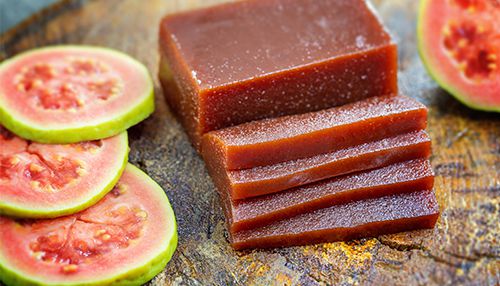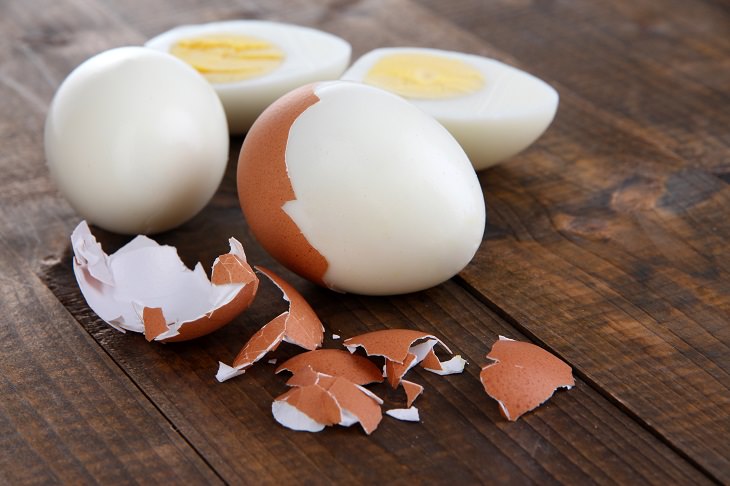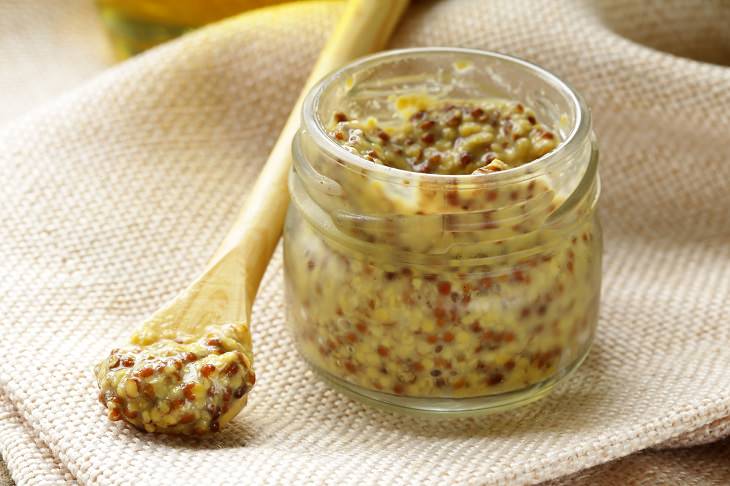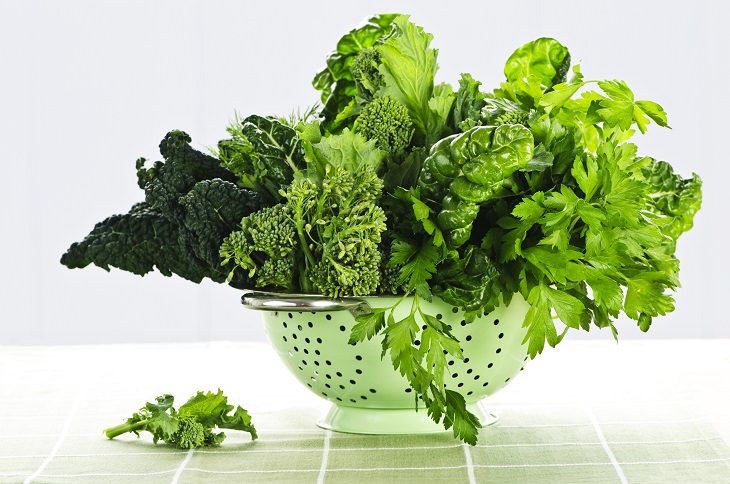Makes 4 to 6 servings.
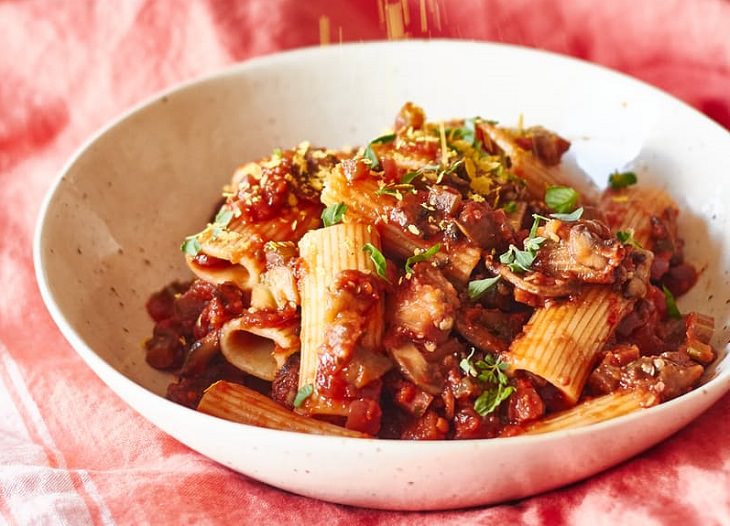
Ingredients
• 1 medium eggplant (about 1 pound)
• 1 pound cremini mushrooms (about 2 pints), stems removed and sliced
• 2 tablespoons olive oil
• 1 medium onion, finely chopped
• 2 stalks celery, finely chopped
• 2 medium carrots, peeled and finely chopped
• 1 teaspoon kosher salt, divided
• 2 cups dry red wine (such as Chianti)
• 3 cloves garlic, minced
• 1 tablespoon finely chopped fresh basil leaves
• 2 teaspoons finely chopped fresh oregano leaves
• 1 teaspoon finely chopped fresh thyme leaves
• 1/4 cup tomato paste
• 1 (28-ounce) can crushed tomatoes
• 8 ounces dry rigatoni or penne pasta
• For garnish: Fresh herbs, nutritional yeast, or Parmesan cheese
Method
1. Bake the whole eggplant: Heat the eggplant in the middle of the oven
at 350°F. Bake until very tender (1-1 1/2 hours). After it has been
cooked, leave it to cool.
2. Brown the mushrooms: Meanwhile, heat a
large frying pan over a medium-high heat until hot. Add 3/4 of the
mushrooms and brown (stir occasionally), until they've shrunk by about
half. This should take around 8-10 minutes. Once done, set the pan
aside.
3. Make the Soffritto: Heat the oil in a large Dutch oven over a medium
heat until it is shimmering. Add the onion, carrots and celery, and
season with 1/4 teaspoon of salt. Cook, stirring often, until the
vegetables are softened. This will take 10-12 minutes.
4. Add the wine: Pour the wine into the Soffritto mixture and mix well.
Reduce the wine by half - 5 to 7 minutes.
5. Add the aromatics and tomato paste: Add
the basil, garlic, oregano, thyme, and tomato paste and cook until the
mixture has thickened and becomes fragrant. This should take about 5
minutes.
6. Add the eggplant and tomatoes: Peel and
coarsely chop the cooled eggplant. Add the eggplant, the remaining
mushrooms, crushed tomatoes, and 1/2 a teaspoon of salt to the mixture
and stir until thoroughly combined.
7. Simmer: Reduce the heat to low and
cover. Let it simmer for about an hour. Remember to stir occasionally to
prevent scorching.
8. Cook the pasta: Bring a large pot of salted water to the boil. Add
the pasta and cook until al dente.
9. Finish the pasta in the sauce: Drain the water and add the cooked
pasta to the sauce. Let it cook in the sauce for a further 2 minutes.
10. Garnish with herbs: Serve with fresh chopped herbs and Parmesan cheese (if desired).
https://gscrochetdesigns.blogspot.com. one can see my crochet creations
https://cancersupportindia.blogspot.com. feel free to view for easy, simple and health tips
https://kneereplacement-stickclub.blogspot.com. for info on knee replacement
https://GSiyers home remedies.blogspot.com is the latest addition to my blogs.
